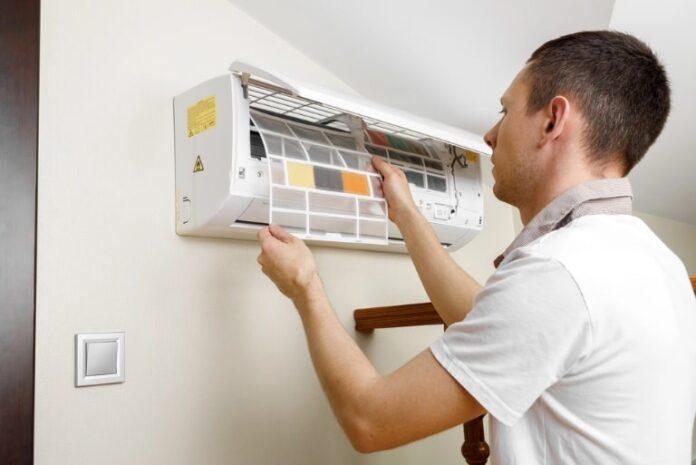Replacing an air conditioning unit can be a daunting task, but a simple method can make the process easy. Knowing how to replace an A/C unit clearly indicates comfort as well as efficiency within the home. In this guide, you will learn how to complete this important task for your home with the help of a service provider offering air conditioner replacement in Cincinnati.
Is It Time to Replace?
Indications of an AC requiring replacement are frequent repairs, escalating power bills, or unsteady cooling. Even older devices might have efficiency issues. You will want to consider these things so that you can make the best choice possible when you decide to swap your old A/C in Cincinnati.
Choosing the Right Unit
Choosing the right air conditioner requires effort and thought. This is pivotal, as the home size, local climate, and Energy Star ratings all contribute to the overall picture. Reaching out to a professional can help you identify your options. Both the initial outlay and long-term savings should be used to compare one model to another.
Budgeting for Replacement
A financial plan is required to replace an A/C unit. Your costs would be the unit cost, installation charge, and upgrade of other systems. Instead of just excluding the HERS index cost, homeowners should look for rebates or other incentives that may also bring their costs down. A budget helps keep the project within financial limits.
Hiring a Qualified Technician
A professional technician is necessary for a great installation. Check for someone with a good certification and a good reputation among their customers. An experienced technician will make sure the unit gets installed correctly, leading to a longer lifespan and better efficiency. References and credentials do bring peace of mind.
Preparing for Installation
A little preparation goes a long way to help make the installation run smoothly. Prep the area immediately surrounding the old unit to allow for fast and easy access for the technicians. It might also be a useful idea to talk with the installer prior to any work starting regarding certain needs or concerns. If you are prepared, you will not get stuck or rushed into an expense.
The Installation Process
Usually, it starts with a few steps in the installation process. It involves removing the old unit and making any necessary changes to ductwork or electrical systems. The replaced unit is then fitted, put through a function test, and optimized for optimal operation. It will also include instructions from the technicians on how to operate the new system.
Post-Installation Checks
After installation, everything will be thoroughly checked before it can be up and running. All leaks should be checked for, with connections confirmed, and the unit should be cooling properly; technicians should always complete this component of the testing. This is also the time that homeowners should ask about maintenance and operation.
Understanding Maintenance Needs
Routine maintenance is the key to keeping the air conditioning unit running in perfect condition. This encompasses replacing filters, cleaning coils, and scheduling yearly professional inspections. Regular maintenance will not only avoid sudden breakdowns but will prolong the life span of the unit.
Environmental Considerations
Newer A/C units are more energy efficient and eco-friendly. Homeowners can save on energy costs in their utility bills with green solutions. An efficiency-rated unit will be an asset to both the home and the environment.
Troubleshooting Common Issues
Even in a new unit, issues crop up occasionally. These problems could be anything, like uneven cooling, strange noises, or the unit switching off suddenly. By learning some basic troubleshooting steps, you can fix most problems yourself without calling in anyone to help. However, recurring issues should have a professional take a look at them.
Maximizing Comfort and Efficiency
If you have added a new A/C unit, here are ways to maximize its effectiveness. You can save a lot by using programmable thermostats, sealing your windows and doors, and making sure everything is insulated properly. These strategies act as enhancements to the unit’s performance.
Conclusion
Knowing what goes into each step of an AC replacement process enables homeowners to make intelligent decisions and helps to ensure a seamless shift to a new system. When done right, a new A/C unit can provide dependability, comfort, and efficiency for years to come.




